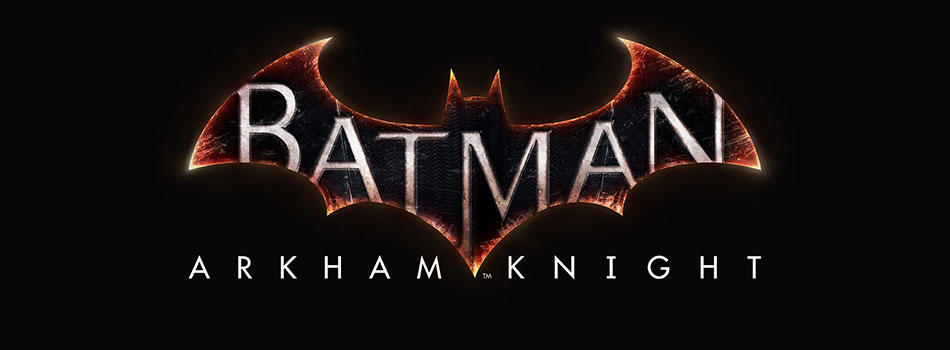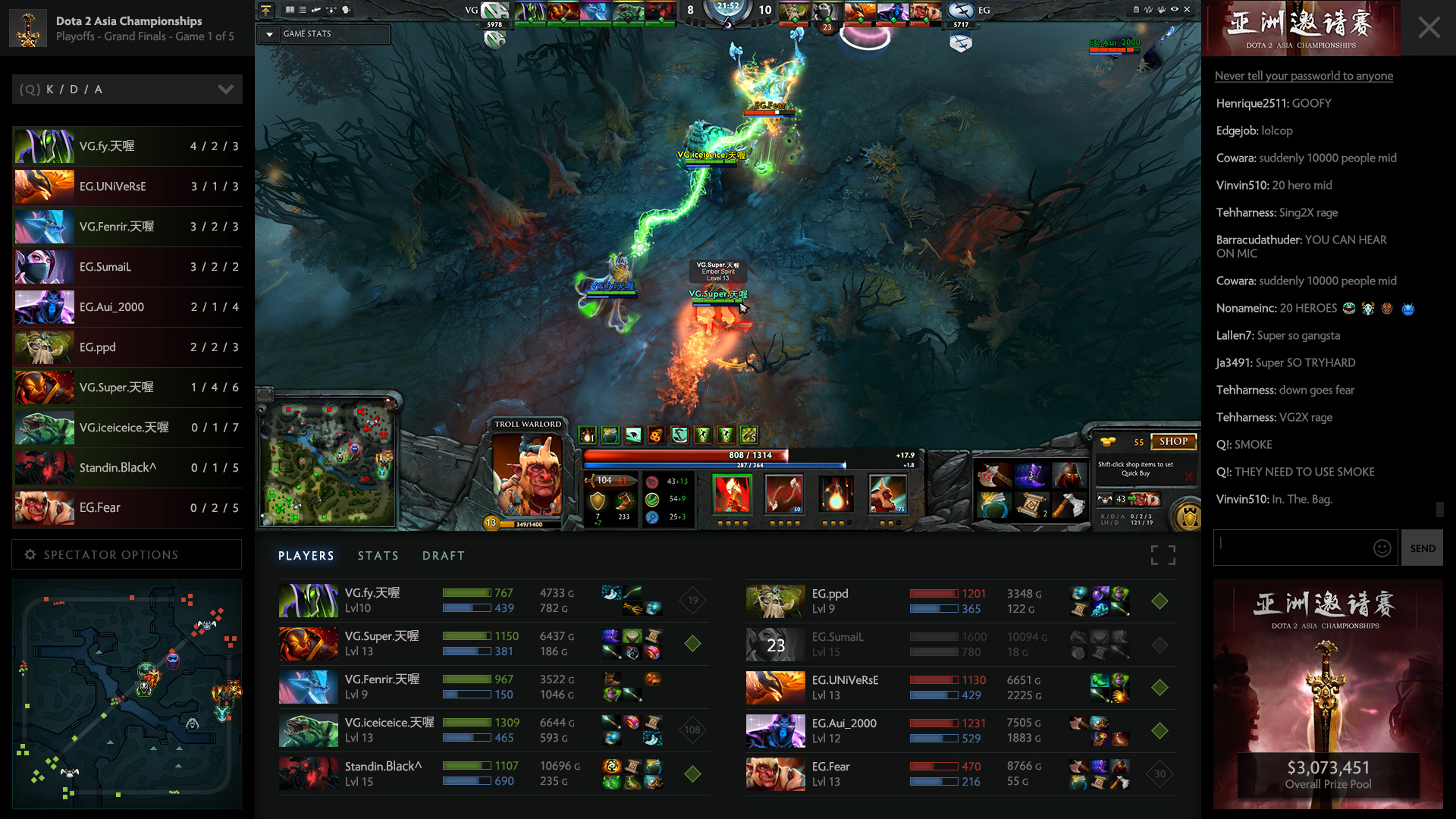

Since 1939 Batman has been patrolling the murky, dingy, often derelict streets of Gotham. Whether he’s gallivanting around rooftops, scouting for petty thieves, or foiling the schemes of super villains, Batman has become a staple in society. And with this in mind, it often comes as a shock to realise that it took until August 2009 for a world-class Batman game to be created.
Batman Arkham Asylum revolutionised Batman games. Using unique, timing based combat and tense stealth sections, Asylum was able to impress gamers. Selling 2.5 million copies by the end of September 2009, and sitting on a 91 score on Metacritic, while achieving almost uniform 9/10 reviews, the game raised the Batman bar.
Since Asylum’s 2009 debut, there have been two other Batman games on major consoles under the Arkham banner: Batman Arkham City in 2011, and Batman Arkham Origins in 2013. Origins was created by Warner Bros. Games Montreal; with a different developer than series creator, Rocksteady Studios. With Origins being the latest game in the series, along with the change of developers no doubt influencing the game, I will talk about 5 lessons that Batman Arkham Knight can learn to ensure that the caped crusader remains competent in his clobbering capers.

1. Pointless boss fights
The Electrocutioner looked a fearful foe in Origins. He had electrified gloves, capable of inflicting massive amounts of damage to the Bat, potentially turning him into a Bat-steak. Gamers expected a brutal fight with this foe, but unfortunately this was not the case. A swift kick from the Bat took the villain down in one shot.
Regardless of the fight, the Electrocutioner survived, which is great. I imagined the potential for a stealth level, for example, where you have to dodge electrified parts of metal, constantly forcing Batman to change his strategy.
Anyhow, he dies shortly after in a cutscene when the Joker throws him out of a window onto a chandelier. Leaving us with a pointless press square/X to win fight. Shocking!
2. Remove overpowered gadgets
Batman witnesses the Electrocutioner’s fall from already very low grace. Without sympathy he swiftly removes the villain’s gloves and dons them himself. Cool, I thought, shock gloves; imagine the creativity we can have here. Electrocuting bad guys in stealthy secrecy, stunning villains from behind and malfunctioning their weapons. If you guessed this, then you would be wrong.
Instead, these gloves charge up alongside your combo meter. When activated, your gloves make the Bat invincible. He can punch through metal shields, stun sticks, and armour. Essentially, the gloves remove the fundamentals of the game. While special enemies with weapons and armour forced you to vary your playstyle, the gloves simplify the game into another beat ‘em up.
I’m beginning to think that the entire introduction of the Electrocutioner was a big mistake, and they should have pulled the plug on him ages ago.
3. Let's view the game from another perspective
City let us play a portion of the game as feline foe and friend, Catwoman. Utilising less technological gadgets, and more speed, she varied the pace of the game. Origins introduced a similar segment where you played as the Joker.
The level was a surprise. It came out of nowhere, giving gamers an in-depth, unique view into the Jokers twisted mind. Unfortunately, Origins only used the concept for one level.
Knight will allow gamers to play as many of Batman’s friends, such as Batgirl, Robin, and Nightwing. Furthermore, it will allow players who pre-order to control Harley Quinn, which, if used correctly, will be a great addition to the game. Granted it isn’t just a character to use in challenge maps, and more so an expansion of the story, similar to the previous Joker level.
4. Bring the large map to life
Origins had the largest map in a Batman game. It encapsulated hundreds of buildings, alleyways, and spaces for side quests. The map was so vast that Origins introduced a travel point system, relying on the Batwing to transport Batman between points.
Knight aims to use a similar, huge map, and with the introduction of the Batmobile, the game will no doubt surpass the large world created in Origins.
However, one thing that the game did lack was the amount of life in the streets. It would often happen that you would drop down, see some thugs loitering around, beat them up and then leave. Knight needs to inject some more life into the game. Give us a reason as to why these thugs are loitering. Make them rob an ATM machine, mug a pedestrian, graffiti a wall. This would make the streets seem more alive, ironic considering death is often found in these Crime Alleys.
5. Keep the tense, multi-tiered boss fights
Towards the end of Origins Batman meets Bane for the second time in the game.
The fight started off the same as the previous: dodge Bane as he runs around, stun him, beat him down, then rinse and repeat.
However, after this initial copy and paste job, the boss level fell into a stealth segment. Now Bane is enraged with even more venom, several attacks from Bane and you’re doomed. Combine this with a time limit until Bane takes even more venom, and then add some hidey holes for Batman, and you have yourself a batacular boss fight.
Using a tense atmosphere, signal jammers, hidden grates, tunnels and electrified fences, the player had to avoid Bane and use stealth take-downs to defeat him. Bane, being the intelligent, drug induced warrior that he is, cleverly dismantles the level and learns. He destroys hidden grates. He reaches his hand around corners. If your heart isn’t pulsing like a thug in a predator mission, then you may be a blue skeleton in detective vision on the ground.
The tension and change of tone between the stages created a fantastic juxtaposition worthy of an Arkham game. If Arkham Knight can employ this strategy, keeping gamers on the tips of their bat talons, then we will for sure spend countless nights in the city of Gotham come June 23rd.




 Call of Duty Ghost: Invasion DLC Achievements - Trophies List
Call of Duty Ghost: Invasion DLC Achievements - Trophies List 10 Neglected Windows Superpowers & How to Access Them
10 Neglected Windows Superpowers & How to Access Them LEGO Jurassic World Review (PS4)
LEGO Jurassic World Review (PS4) The Best Gaming Podcast Ever: Episode 8
The Best Gaming Podcast Ever: Episode 8 Privacy Invasion Points Uncovered
Privacy Invasion Points Uncovered